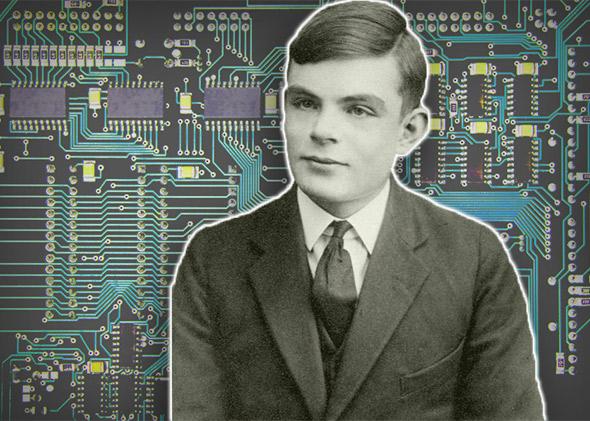


The Turing test is very subjective and the results depend on the human participants, says Huma Shah, lead scientist and coordinator of Turing100, which will celebrate Alan Turing’s 100th birthday next year. “Imagine a robot with learning techniques that has the capability to do the same.” “We humans learn from enormously richer sensory data than that,” says Carpenter. That doesn’t mean attempting to pass the test is pointless, however.Ĭleverbot learns from conversations and the same technique could be used to create a more general artificial intelligence. Passing the test does not prove intelligence, says Carpenter, but merely shows that the machine can imitate intelligence.

A result of 50 per cent or more is often considered to be a pass, but there is clearly still a gap between Cleverbot and humans. “One could argue that there was perhaps a bit of intelligence involved in what is going on, but I think one would have to distinguish thinking from the word intelligence.” No it doesn’t mean Cleverbot is thinking,” says Carpenter. So does this result mean Cleverbot can think? “My answer to that question is fairly unequivocal. “It’s quite a few times superior to the online Cleverbot,” says Carpenter. The online version of the software performs this search three times before deciding on an answer, while the more powerful version used in the test ran 42 searches. “The world had better decide rather than me – it’s either passed or it’s come very close in this particular test,” says Carpenter.Ĭleverbot converses by searching through the records of its previous conversations and selecting an appropriate response to the comment.


 0 kommentar(er)
0 kommentar(er)
